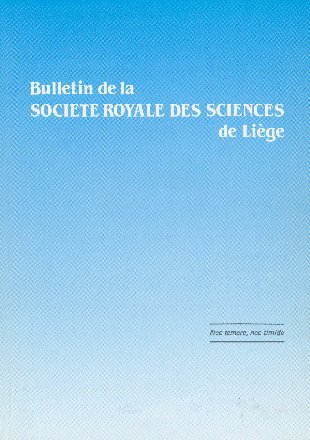- Accueil
- Volume 80 - Année 2011
- Cyg OB2 #5: When three stars are just not enough.
Visualisation(s): 199 (5 ULiège)
Téléchargement(s): 215 (10 ULiège)
Cyg OB2 #5: When three stars are just not enough.

Document(s) associé(s)
Annexes
Abstract
Archival observations from the Very Large Array (VLA) at frequencies between 1.4 GHz and 43 GHz of the 6.6-day O6.5-7+O5.5-6 binary Cyg OB2 #5 over 20 years are re-examined. The aim is to determine the location and character of its known variable radio emission. The radio emission consists of a primary component associated with the binary, and a non-thermal source (NE), 0.8” to the NE. This work reveals that NE shows no evidence of variation demonstrating that the variable emission arises in the primary component. With NE constant, the radio flux from the primary can now be well determined for the first time, especially in observations that do not resolve both the primary and NE components. The variable radio emission from the primary has a period of 6.7 ± 0.3 years which is described by a simple model of a non-thermal source orbiting within the stellar wind envelope of the binary. Such a model implies the presence of a third, unresolved stellar companion (Star C) orbiting the 6.6-day binary with a period of 6.7 years. The non-thermal emission arises from either a WCR between Star C and the binary system, or possibly from Star C directly. Examination of radial velocity observations suggests reflex motion of the binary due to Star C, for which a mass of 23+22/−14 Mo is deduced. Together with the star associated with NE, this implies that Cyg OB2 #5 is a quadruple system.
Pour citer cet article
A propos de : M. Kennedy
University of Victoria, BC, Canada
A propos de : S.M. Dougherty
NRC-HIA DRAO, Penticton, BC, Canada, and Institute for Space Imaging Science, University of Calgary, AB, Canada
A propos de : P.M. Williams
Institute for Astronomy, Royal Observatory, Blackford Hill, Edinburgh, Scotland
A propos de : A. Fink
NRC-HIA DRAO, Penticton, BC, Canada





